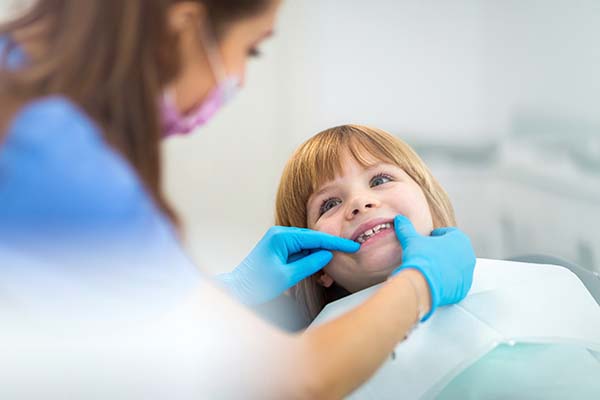Choosing an Orthodontist For Your Child

Dental professionals generally recommend a child should see an orthodontist at or around age 7. However, in the presence of a confirmed or suspected orthodontic issue, it is appropriate for a younger child to make a visit. The importance of preserving and maintaining a child's oral health cannot be overstated. Therefore, the task of choosing an orthodontic professional to treat a child should be approached with great deliberation.
Finding an orthodontist
There are usually several orthodontists practicing in any given community. This offers parents the opportunity to choose among different options. However, it also makes it increasingly important to perform due diligence in selecting the one that is most suitable.
1. Phone book or online search
A phone book can provide the names of orthodontists practicing within a particular community. A web search is a little more flexible, allowing a parent to search beyond the community or within a certain radius. Parents may also be able to access testimonials from prior patients with an online search.
2. Referrals from family or friends
A large number of children require orthodontic treatment. Therefore, it may be possible to obtain recommendations from acquaintances with children who have seen an orthodontic professional in the community.
3. Recommendations from a dentist
A dentist who is familiar with the child's dental history and temperament may be the most valuable resource for finding an orthodontist. Not only is the dentist familiar with the child but likely also knows orthodontists in the area and can better gauge an appropriate practitioner.
Evaluating an orthodontist
Having obtained the names of several candidates, the next step is for the parent to evaluate each orthodontic professional. The goal is to assess whether the child would benefit from treatment from the provider. Before even crossing the threshold into an office, the parent should call and ask if the initial consultation is free. This is especially important if there are quite a few likely candidates. During the initial consultation, questions about the following matters can help the parent gather enough information to make an accurate assessment of the candidate's suitability.
Credentials
A parent should ask about the orthodontist's education, the degree obtained, board certification and membership in professional organizations. Education includes where the professional attended school and underwent orthodontic residency. Having obtained this information, the parent should then confirm that the dental college is accredited and check any other pertinent details.
Treatment options
Many orthodontic problems have more than one possible solution. The parent should ask about the treatment options available and the consequences of delaying treatment. Additionally, the parent should request an estimate of how long the treatment may take.
Financial matters
The orthodontic treatment represents a significant expense, which insurance may or may not pay for. The parent should ask for an estimate of overall costs, whether or not insurance is accepted and what payment plans or options are available.
Conclusion
Beginning orthodontic treatment during childhood years can mean optimizing results. Nevertheless, there is plenty of time to research various options and find the professional deemed most capable of treating your child. Rushing the decision is not to anyone's advantage.
Request an appointment here: http://www.tennisonortho.com or call Tennison Orthodontics at (817) 522-7358 for an appointment in our Cleburne office.
Check out what others are saying about our dental services on Yelp: Orthodontics for Children in Cleburne, TX.
Related Posts
Orthodontics can be used to treat a variety of teeth alignment issues, like a crossbite or crooked teeth. The alignment of a person’s teeth plays an important role when it comes to their oral and overall health. A person has a bad bite when some or all of their teeth do not come together as…
Ceramic braces can be a great alternative to traditional metal brackets. Clear ceramic braces are a popular choice for adults and older teens who want something less obvious than traditional braces but who still want the benefits of a fixed system. Knowing the benefits of this bracket system will allow you to determine if it…
Orthodontics aims to improve the alignment of your teeth. Doing so improves the way that your smile looks and makes it easier to keep your teeth clean, protecting you against tooth decay and gum disease.Clear aligners provide a discreet way to straighten teeth. They allow patients to avoid having to deal with metal wires and…
Orthodontics can be used to transform your smile by improving the alignment of your teeth. Poor alignment can ruin the aesthetics of even the whitest smile and make teeth more vulnerable to tooth decay. Issues that orthodontics can be used to treat include:Crooked teethCrossbitesOverbitesOverjetsUnderbitesPeople who would like to improve the alignment of their teeth now…


